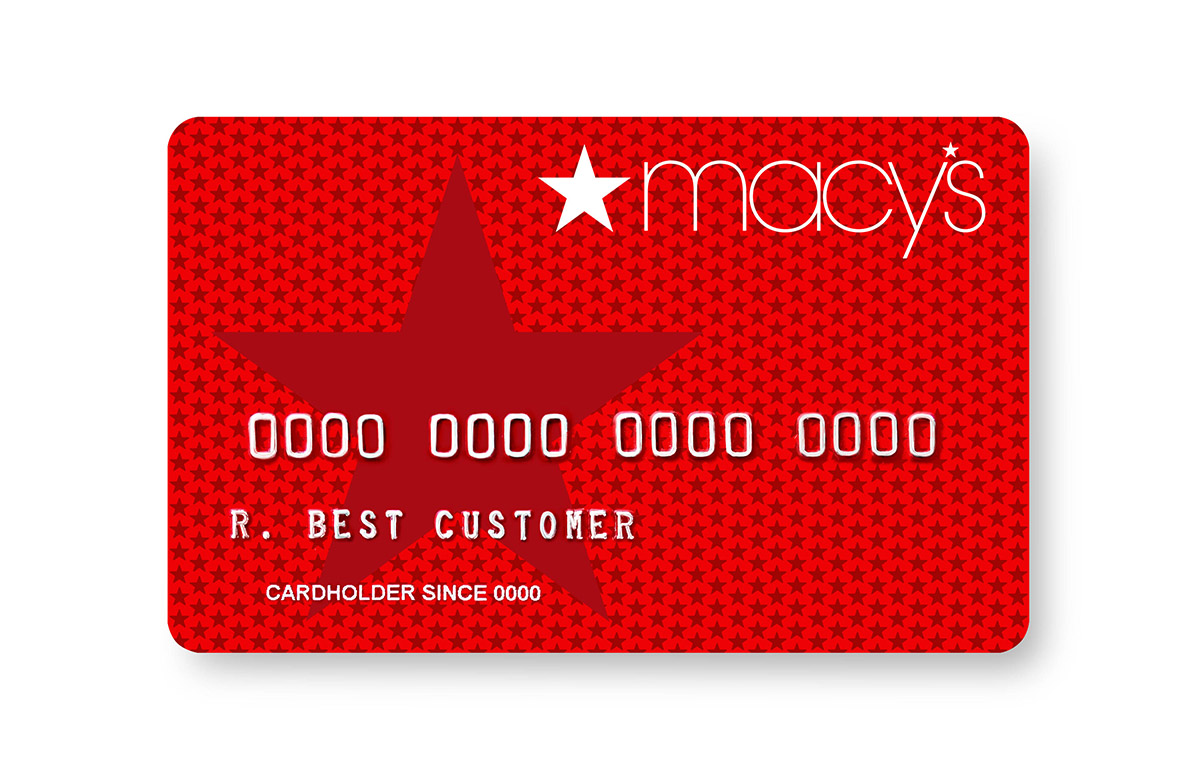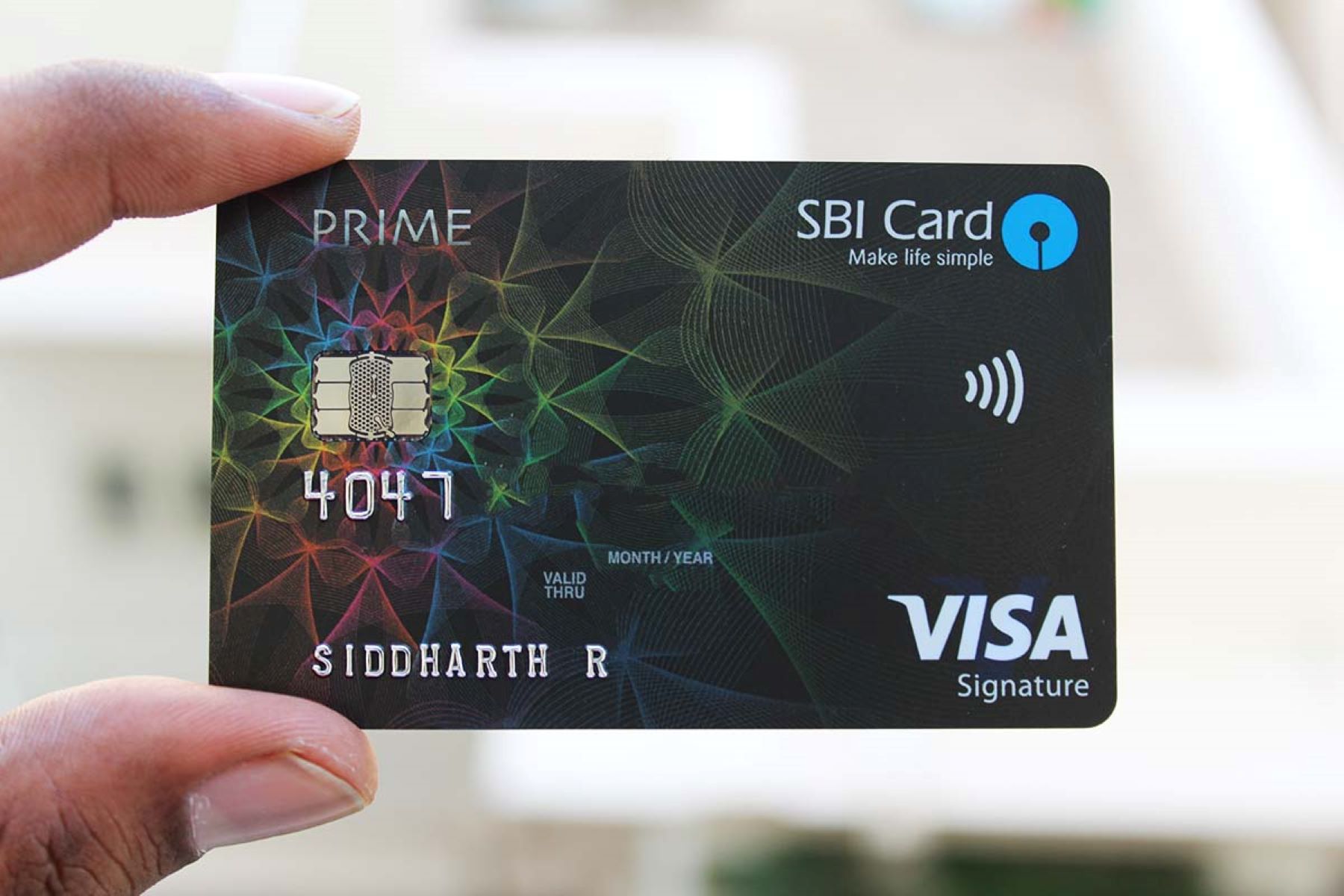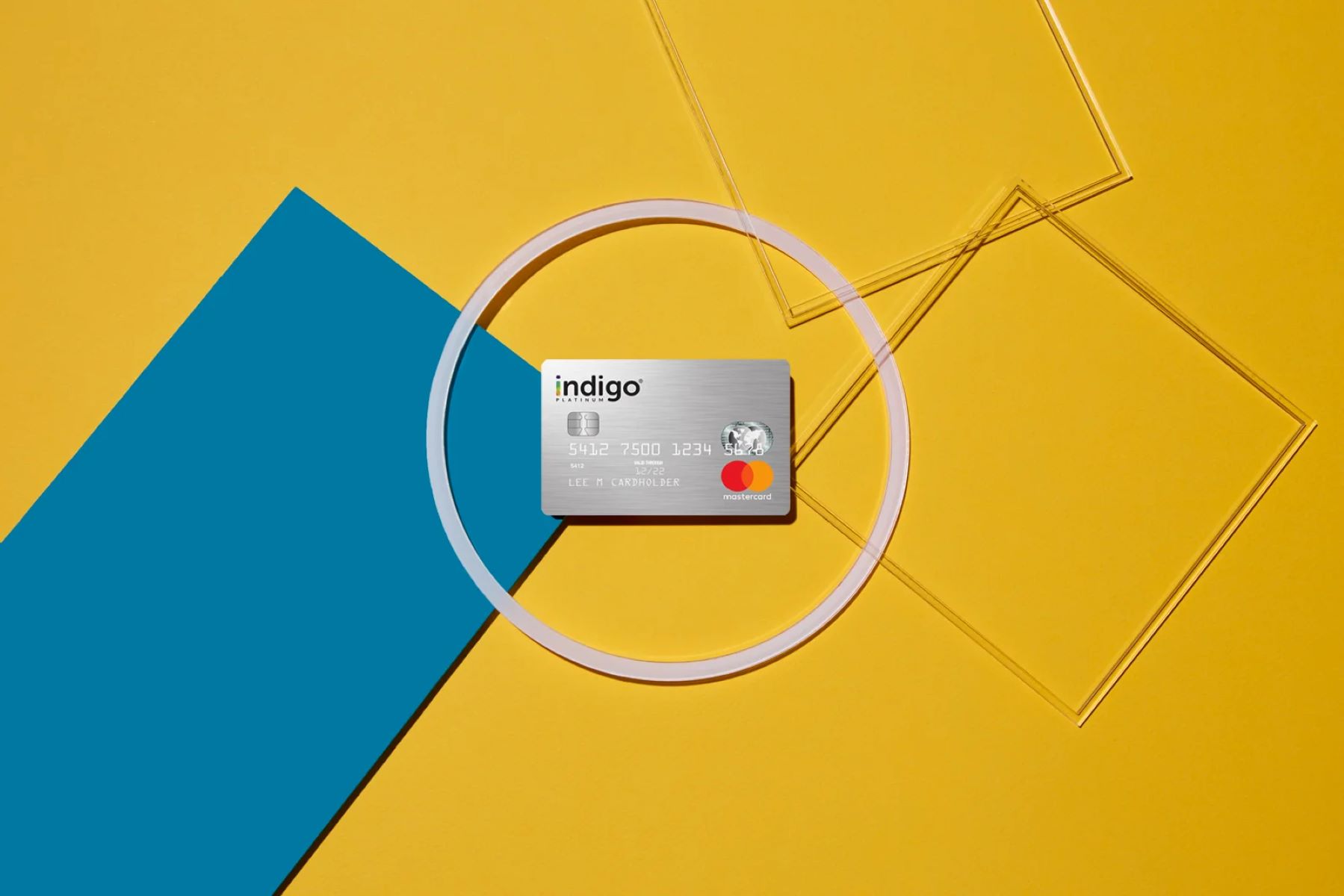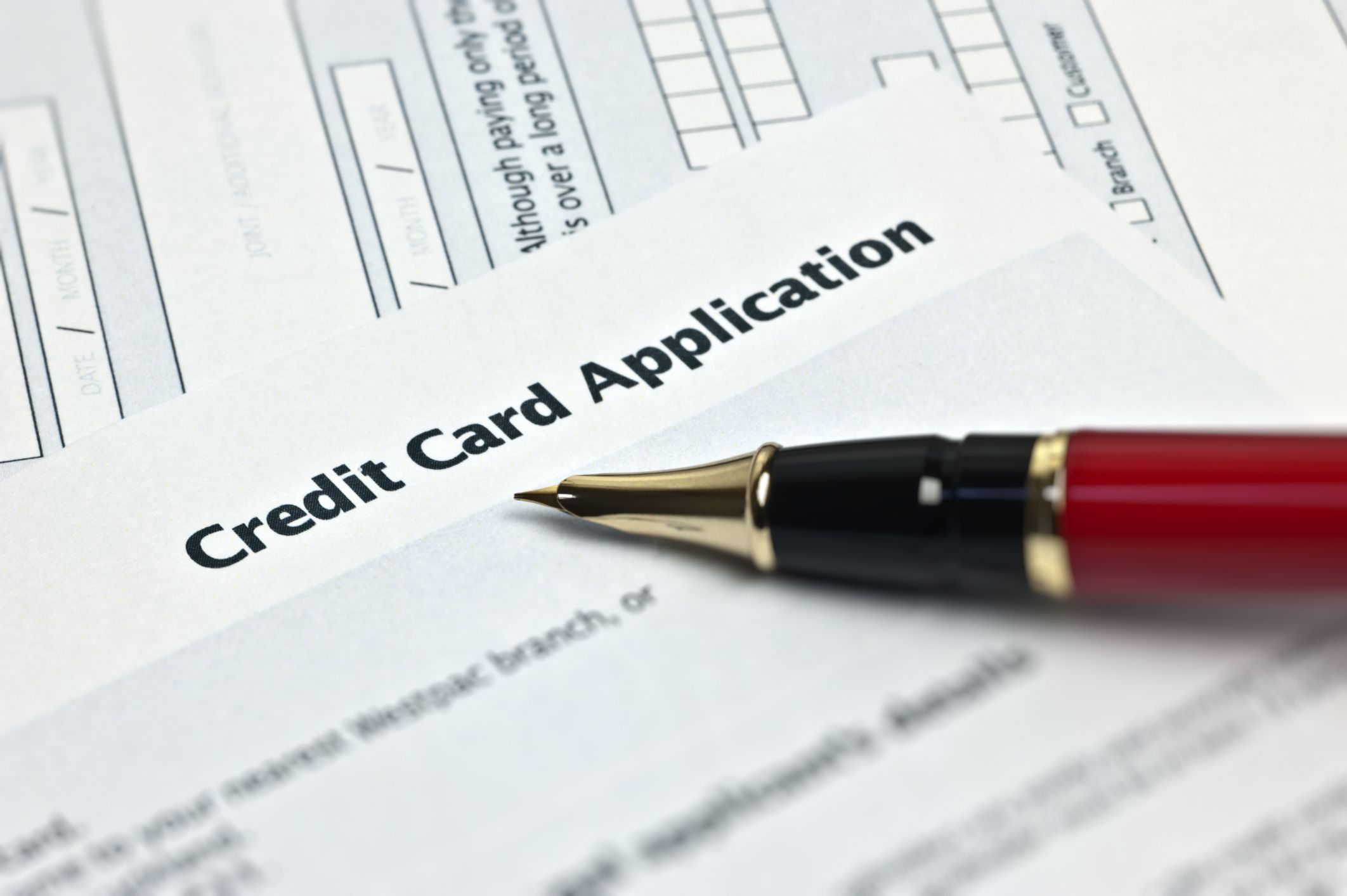

Finance
How To Cancel Secured Credit Card
Published: November 9, 2023
Learn how to cancel a secured credit card and manage your finances effectively. Take control of your financial future and make informed decisions with our step-by-step guide.
(Many of the links in this article redirect to a specific reviewed product. Your purchase of these products through affiliate links helps to generate commission for LiveWell, at no extra cost. Learn more)
Table of Contents
- Introduction
- Understanding Secured Credit Cards
- Reasons for Cancelling a Secured Credit Card
- Steps to Cancel a Secured Credit Card
- Contacting the Card Issuer
- Paying off any Outstanding Balances
- Requesting Card Closure in Writing
- Returning the Secured Card if Required
- Monitoring Your Credit Report
- Conclusion
Introduction
Secured credit cards can be a valuable tool for building or rebuilding credit. They require a security deposit that serves as collateral, which makes them accessible to individuals with limited credit histories or less-than-perfect credit scores. However, there may come a time when you decide to cancel your secured credit card.
Cancelling a secured credit card can be a straightforward process if you follow the necessary steps. By understanding the reasons for cancelling and taking the right actions, you can navigate the process smoothly and protect your credit score.
In this article, we will guide you through the process of cancelling a secured credit card, including contacting the card issuer, paying off any outstanding balances, requesting card closure in writing, and monitoring your credit report. By following these steps, you can ensure a seamless transition and maintain financial stability.
Before we dive into the process, let’s take a moment to understand secured credit cards and why you might consider cancelling one.
Understanding Secured Credit Cards
Secured credit cards are a type of credit card that requires a security deposit as collateral. They are designed to help individuals with limited credit history or poor credit scores establish or rebuild their credit. The security deposit acts as protection for the card issuer in case the cardholder defaults on their payments.
Unlike traditional credit cards, where the credit limit is determined by the card issuer based on the cardholder’s creditworthiness, the credit limit of a secured credit card is usually equal to the amount of the security deposit. For example, if you provide a security deposit of $500, your credit limit will also be $500.
Secured credit cards function in the same way as traditional credit cards. You can use them to make purchases, pay bills, and build your credit history. Making on-time payments and keeping your credit utilization ratio low are key factors in improving your credit score.
While secured credit cards can be helpful in building credit, there are some downsides to consider. First, they typically come with higher interest rates and fees compared to traditional credit cards. Additionally, the security deposit is tied up for as long as you use the card, which means you may not have access to those funds for other purposes.
Now that you have a basic understanding of secured credit cards, let’s explore the reasons why you might decide to cancel your secured credit card.
Reasons for Cancelling a Secured Credit Card
While secured credit cards can be a valuable tool for building credit, there are several reasons why you might decide to cancel your secured credit card:
- Improved Credit Score: If you have successfully used your secured credit card to build or rebuild your credit, you may be in a position to qualify for an unsecured credit card with better terms and rewards. Cancelling your secured credit card and transitioning to an unsecured card can provide you with more flexibility and benefits.
- Unfavorable Terms and Fees: Some secured credit cards come with high interest rates, annual fees, or other unfavorable terms. If you find that the costs associated with your secured credit card outweigh the benefits, cancelling it and exploring other options could be a wise decision.
- Financial Stability: If you have regained financial stability and no longer require the security of a secured credit card, cancelling it can free up your security deposit and allow you to utilize those funds for other purposes.
- Simplifying Your Finances: Managing multiple credit cards can sometimes become overwhelming. If you have multiple credit cards and want to simplify your financial life, cancelling your secured credit card can help you streamline your credit card obligations.
- Upgrading to an Unsecured Card: Over time, responsible credit card usage and timely payments can improve your creditworthiness. This may enable you to upgrade to an unsecured credit card with a higher credit limit and better terms. Cancelling your secured credit card can initiate the process of obtaining an unsecured card.
It is important to carefully consider your individual circumstances and financial goals before deciding to cancel your secured credit card. Analyze the benefits and drawbacks, and consult with a financial advisor if needed, to ensure that cancelling your secured credit card is the right move for you.
In the next section, we will explore the steps involved in cancelling a secured credit card.
Steps to Cancel a Secured Credit Card
If you have decided to cancel your secured credit card, it is important to follow specific steps to ensure a smooth and hassle-free process. Here are the steps to take when cancelling a secured credit card:
- Contacting the Card Issuer: Start by reaching out to the card issuer’s customer service department. You can typically find the contact information on the back of your credit card or on the issuer’s website. Inform them of your intention to cancel the card and inquire about any specific procedures or requirements.
- Paying off any Outstanding Balances: Before cancelling your secured credit card, make sure to clear any outstanding balances. Paying off your balance ensures that you don’t owe any money and helps to maintain your credit score.
- Requesting Card Closure in Writing: While it may not always be required, it is advisable to submit a written request to close your secured credit card. This can serve as a formal record and reduce any potential misunderstandings. State your name, account number, the reason for cancellation, and your signature on the letter.
- Returning the Secured Card if Required: Some card issuers may ask you to return the physical card after it has been cancelled. Follow their instructions for returning the card, ensuring that it is securely sent back to the issuer as per their guidelines.
- Monitor Your Credit Report: After cancelling your secured credit card, continue to monitor your credit report to ensure that the cancellation is reflected accurately. Look for the closure of the account and confirm that it does not negatively impact your credit score or history.
By following these steps, you can effectively cancel your secured credit card and minimize any negative impact on your credit. It is essential to maintain open lines of communication with the card issuer throughout the process to address any questions or concerns that may arise.
In the next section, we will delve deeper into the process of contacting the card issuer to initiate the cancellation process.
Contacting the Card Issuer
When cancelling a secured credit card, one of the first steps is to contact the card issuer. This step is crucial because it allows you to inform them of your intention to cancel and seek guidance on the specific procedures involved. Here are some key points to consider when contacting the card issuer:
- Locating the Contact Information: Look for the customer service contact details on the back of your credit card or on the card issuer’s website. You may also find the contact information on your monthly statements or in any correspondence you have received from the card issuer.
- Prepare Relevant Information: Before making the call or reaching out via email, gather all the necessary information related to your account. This includes your account number, the primary cardholder’s name, and any additional details that the card issuer may require for identification purposes.
- Informing the Card Issuer: Clearly state your intention to cancel your secured credit card. Be prepared to explain your reasons for cancellation, such as improving your credit score or transitioning to an unsecured card. This information can help the card issuer provide you with appropriate guidance and assistance.
- Asking about Any Outstanding Balances: Inquire about any outstanding balances on your secured credit card. It is essential to pay off these balances before cancelling the card, as it ensures that you do not owe any money and maintains your credit score.
- Seeking Clarification on Procedures: Ask the card issuer about any specific procedures or requirements for cancelling your secured credit card. They may have their own forms for cancellation or may provide instructions on how to proceed. It is important to understand and follow these procedures to complete the cancellation process effectively.
- Documenting Interactions: Throughout your communication with the card issuer, keep a record of any important details, such as the date and time of your conversation, the name of the representative you spoke with, and any relevant instructions or reference numbers provided. These details can be helpful for future reference or if any issues arise.
By contacting the card issuer and discussing the cancellation process, you can ensure that you have the most accurate and up-to-date information to guide you through the next steps. Remember to maintain open lines of communication and ask any questions or seek clarification if needed.
In the following sections, we will explore the steps involved in paying off any outstanding balances and requesting card closure in writing.
Paying off any Outstanding Balances
Before cancelling your secured credit card, it is crucial to pay off any outstanding balances on the card. This step ensures that you don’t owe any money to the card issuer and helps maintain your credit score. Here are some important points to consider when paying off your outstanding balances:
- Review Your Monthly Statement: Take a close look at your latest credit card statement to identify any outstanding balances. The statement will provide details about your current balance, minimum payment due, and any recent transactions. Make sure to reconcile this information with your own records to ensure accuracy.
- Make a Payment: Determine the total amount you owe and make a payment to the card issuer. You can typically make a payment through various methods, such as an online payment portal, automatic bill payment, mailing a check, or calling the customer service number to make a payment over the phone. Choose the method that is most convenient for you.
- Confirm Payment Clearance: After making the payment, verify that it has been processed and cleared. Depending on the payment method, it may take a few business days for the payment to reflect in your account. Check your online account or contact the card issuer’s customer service to confirm that your outstanding balance has been paid in full.
- Keep Proof of Payment: Save any receipts, confirmation numbers, or email notifications as proof of your payment. These documents can be useful if any discrepancies or issues arise in the future. It is always a good practice to maintain a record of your financial transactions.
By paying off your outstanding balances, you ensure that you settle any debts with the card issuer and prevent any negative impact on your credit score. It is important to double-check that your payment is processed and cleared to ensure a smooth cancellation process.
In the next section, we will discuss the importance of requesting card closure in writing when cancelling a secured credit card.
Requesting Card Closure in Writing
When cancelling a secured credit card, it is important to request card closure in writing. While it may not always be required by the card issuer, submitting a written request serves as a formal record and helps to minimize any potential misunderstandings. Here’s what to consider when requesting card closure in writing:
- Compose a Cancellation Letter: Write a formal letter addressed to the card issuer, stating your request to cancel the secured credit card. Include your full name, account number, and the reason for cancellation. Be concise and clear in your communication.
- Include Supporting Documentation: If there are any specific instructions or requirements provided by the card issuer for cancellation, make sure to include any relevant documentation along with your letter. This could include forms, return labels, or any other materials provided by the issuer.
- Sign and Date the Letter: Sign and date the cancellation letter to authenticate your request. This adds a personal touch and ensures that the letter is considered a formal document.
- Send the Letter via Certified Mail: To ensure delivery and maintain a record of your correspondence, it is recommended to send the cancellation letter via certified mail with a return receipt requested. This provides proof of receipt and gives you peace of mind that your request has been received by the card issuer.
- Keep a Copy of the Letter: Before sending the cancellation letter, make a copy of it for your records. This way, you have a reference point if needed in the future to verify the details of your cancellation request.
Submitting a written request for card closure helps to formalize the process and provides you with a paper trail, which can be beneficial if any disputes or issues arise later on. While it may not be mandatory for all card issuers, it is a best practice to ensure clear communication and documentation.
In the next section, we will discuss the possibility of returning the secured card to the issuer and why it may be required in some cases.
Returning the Secured Card if Required
In some cases, a card issuer may request that you return the physical secured credit card after it has been cancelled. While this requirement is not common for all card issuers, it is important to be aware of the possibility and follow their instructions if necessary. Here’s what to consider when returning a secured card:
- Read the Card Issuer’s Instructions: Carefully review any instructions or communication from the card issuer regarding the return of the secured card. They may provide specific details on how to package and send the card back to them.
- Follow Packaging Guidelines: If the card issuer specifies any packaging guidelines, make sure to comply with them. This may involve using a specific envelope or packaging material to safeguard the card during transit.
- Include Required Documentation: Some card issuers may ask you to include specific documentation with the returned card, such as a copy of the cancellation letter or a return authorization form. Ensure that you include any necessary paperwork as instructed.
- Choose a Secure Shipping Method: Use a reliable and trackable shipping method when sending back the secured card. This helps to ensure that the card is safely returned to the issuer and provides proof of delivery.
- Retain Proof of Shipment: Keep a record of the shipping receipt or tracking number as proof that you have returned the secured card to the issuer. This will come in handy if any questions or concerns arise about the return process.
If the card issuer does not explicitly request the return of the secured card, it is generally safe to dispose of it securely, such as by shredding or cutting it up to prevent any unauthorized use. However, always verify the specific instructions provided by the card issuer to ensure compliance.
Returning the secured card, if required, helps to complete the cancellation process and ensures that no physical card remains in circulation that could be misused.
In the next section, we will discuss the importance of monitoring your credit report after cancelling a secured credit card.
Monitoring Your Credit Report
After cancelling your secured credit card, it is crucial to monitor your credit report to ensure that the cancellation is accurately reflected and does not have any negative impact on your credit score. Here’s why monitoring your credit report is important and how to do it effectively:
Why Monitor Your Credit Report:
When you cancel a credit card, whether it’s a secured card or otherwise, it is essential to ensure that the closure of the account is properly reported by the card issuer to the credit bureaus. By monitoring your credit report, you can:
- Verify Account Closure: Confirm that the credit card account has been closed as requested. This ensures that the account is no longer active and helps to prevent any unauthorized activity.
- Check for Errors: Review your credit report for any errors or inaccuracies related to the cancelled credit card. Discrepancies could include the account still appearing as open, incorrect payment history, or any other incorrect information that may impact your creditworthiness.
- Detect Identity Theft: Monitoring your credit report regularly helps you identify any suspicious activity or signs of identity theft. If you notice any unfamiliar accounts or inquiries, you can take immediate steps to address and resolve the issue.
- Maintain Good Credit Health: By monitoring your credit report, you can stay on top of your overall credit health. This includes monitoring your credit score, tracking your other credit accounts, and ensuring that your credit information is accurate and up to date.
How to Monitor Your Credit Report:
To effectively monitor your credit report, you can take the following steps:
- Obtain Free Credit Reports: You are entitled to receive one free credit report annually from each of the major credit bureaus (Equifax, Experian, and TransUnion). Visit AnnualCreditReport.com to request your reports.
- Review Reports Regularly: Take the time to carefully review your credit reports from all three bureaus. Look for any discrepancies, accounts that should be closed, or any other information that seems inaccurate or unfamiliar.
- Consider Credit Monitoring Services: If you want more frequent monitoring and alerts, you can subscribe to credit monitoring services. These services provide regular updates on changes to your credit report, inquiries, and any suspicious activity.
- Address Any Issues: If you notice any errors or discrepancies on your credit report, take immediate action to rectify them. Contact the credit bureaus and the card issuer to dispute incorrect information and resolve any issues promptly.
By monitoring your credit report, you can stay informed and ensure that the cancellation of your secured credit card has been accurately reflected. It is an essential step in maintaining good credit health and protecting yourself from any potential credit-related issues.
Now that we have covered the steps involved in cancelling a secured credit card and the importance of monitoring your credit report, let’s summarize the key points discussed in this article.
Conclusion
Cancelling a secured credit card requires careful consideration and adherence to specific steps to ensure a smooth and successful process. By understanding the reasons for cancelling, contacting the card issuer, paying off any outstanding balances, requesting card closure in writing, returning the secured card if necessary, and monitoring your credit report, you can navigate the cancellation process effectively and protect your financial well-being.
Secured credit cards can be a valuable tool for building or rebuilding credit, but there may come a time when you decide to cancel your secured card. Whether you have improved your credit score and are eligible for better credit card options, want to simplify your finances, or have regained financial stability and no longer require a secured card, the decision to cancel should be based on your individual circumstances and goals.
When cancelling a secured credit card, always contact the card issuer to initiate the process. Pay off any outstanding balances and request card closure in writing to ensure clear communication and documentation. In some cases, the card issuer may request that you return the physical card, so follow their instructions if necessary. Lastly, monitor your credit report to verify that the cancellation is accurately reflected and to stay vigilant against any potential issues or identity theft.
Remember that cancelling a secured credit card should be a thoughtful decision made in line with your financial goals. It is always advisable to consult with a financial advisor or credit counselor if you are uncertain about the impact of cancelling your secured credit card on your overall financial situation.
By following these steps and staying informed throughout the process, you can navigate the cancellation of your secured credit card successfully and continue on your path to financial stability and creditworthiness.














